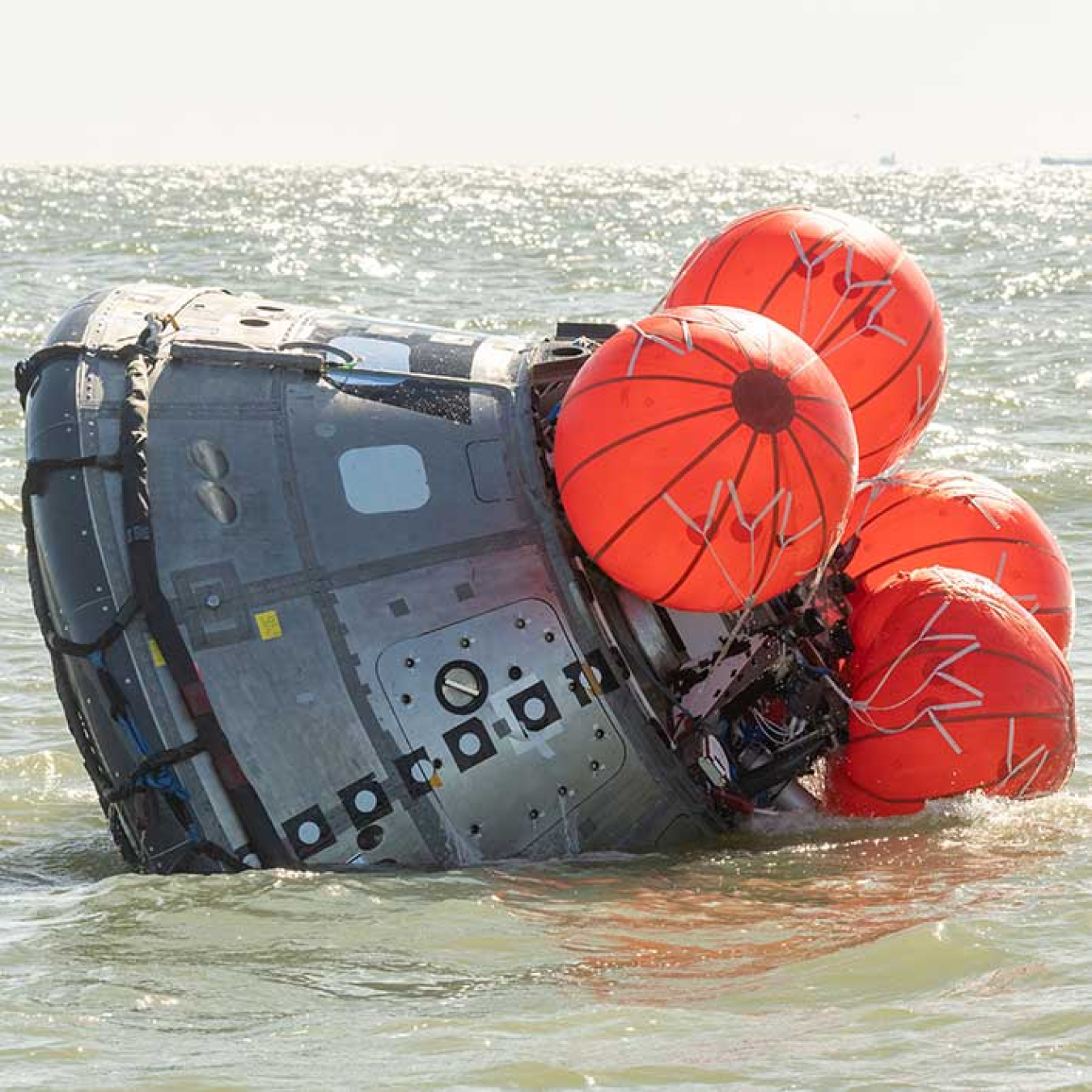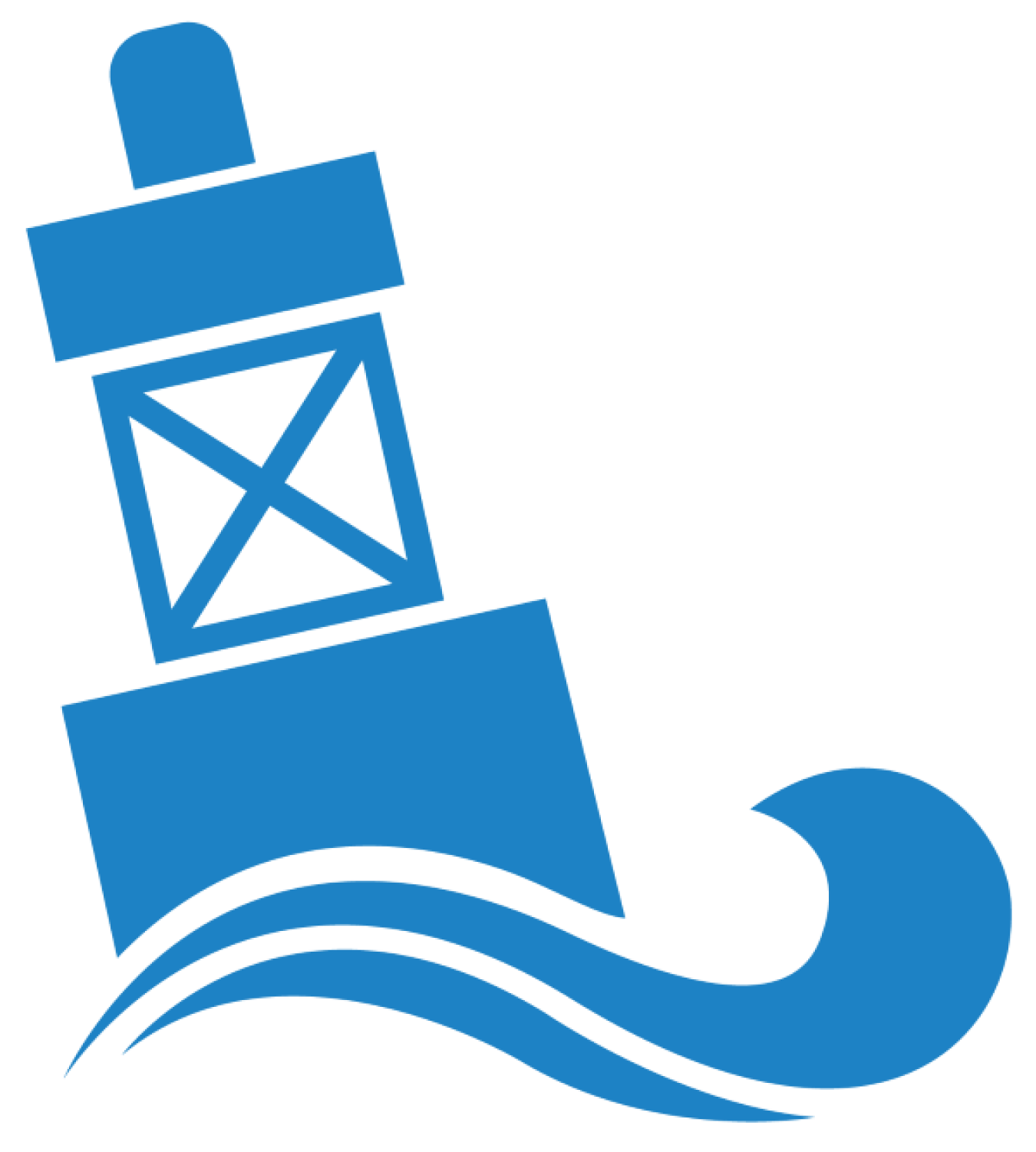The open-source WEC-Sim software is recognized with a 2021 R&D 100 Award, while researchers at NASA and Lockheed Martin apply the software to help ensure the safety of the future crew of the Artemis I mission.
Water Power Technologies Office
February 4, 2022Marine Energy Program
Project Name: Wave Energy Converter SIMulator (WEC-Sim)
Project Team: National Renewable Energy Laboratory (lead) and Sandia National Laboratories
Lead Recipient Location: Golden, Colorado
Wave energy holds the largest theoretical power for the United States, and a substantial amount of ongoing marine energy research and development is focused on designing and building wave energy converters (WECs) that work efficiently, reliably, and robustly in the ocean’s dynamic environment. But the ocean and wave environment can lead to substantial uncertainty and increase costs, which makes the commercialization of WECs that much more challenging. The Wave Energy Converter SIMulator (WEC-Sim), which received a 2021 R&D 100 Award, is an open-source software tool developed by the National Renewable Energy Laboratory (NREL) and Sandia National Laboratories that can help developers simulate their early-stage designs using a robust modeling platform. In Fiscal Year 2021, the WEC-Sim team released several updates to the software (v4.2 in December 2020, v4.3 in July 2021, and v4.4 in October 2021).
This article is part of the
WPTO 2020-2021 ACCOMPLISHMENTS REPORT
In This Report
Download the Full Report >>
WEC-Sim provides versatility for a broad range of WECs, device components, and scenarios. It can model devices made of rigid or flexible bodies, joints, power take-off systems, and mooring systems. The computer simulation models the forces on floating objects and calculates their dynamic behavior. Numerical simulations using WEC-Sim can reduce development time and lower costs, allowing stakeholders to refine and optimize their floating concepts before deployment in the water for physical trials—whether that be an expensive wave tank or an unpredictable ocean testing site—preparing for real-world deployment faster.
WEC-Sim became available as part of the Testing Expertise and Access for Marine Energy Research (TEAMER) program, supporting multiple selectees from TEAMER’s requests for technical support. For example, Ocean Motion Technologies used WEC-Sim to model and improve its engineering efforts and is now able to advance quickly to wave-tank and open-water testing in the next year. The tool also helped stakeholders worldwide, including United Kingdom-based Marine Power Systems and Italy-based Ente Nazionale Idrocarburi.

The WEC-Sim team continues to explore differences between computer simulations and experimental measurements through its participation in the International Energy Agency's Offshore Code Comparison Collaboration, Continued, with Correlation and unCertainty (OC6) research project. Over four years, this project will validate tools used in the design of offshore wind systems. The third of the project’s four phases was completed in early 2021.
Not only is WEC-Sim advancing marine energy technologies, but it is also helping to ensure the safety of the future crew of NASA’s Artemis I mission. NASA and Lockheed Martin are using WEC-Sim to help ensure the Orion crew module lands upright upon its return to Earth. Researchers are using WEC-Sim to model forces on and the motion of the crew module in the ocean. This work will help prevent the crew module from landing upside down, a position that can submerge hatch doors and communications antennae and impede recovery operations.
WEC-Sim is already supporting wave energy device designs and NASA missions; soon, the motion of the ocean could be powering offshore activities, island communities, and coastal populations with clean energy, thanks in part to WEC-Sim-tested devices.
Foundational R&D Projects
-
From 2014 to 2020, Sandia National Labs and MRE developer Re Vision Consulting investigated advanced controls techniques in wave energy systems.
WPTO's Marine Energy e-newsletter shares news and updates on tools, analysis, and emerging technologies to advance marine energy.
The WPTO e-newsletter brings funding opportunities, events, publications, & hydropower and marine energy updates directly to your inbox.


